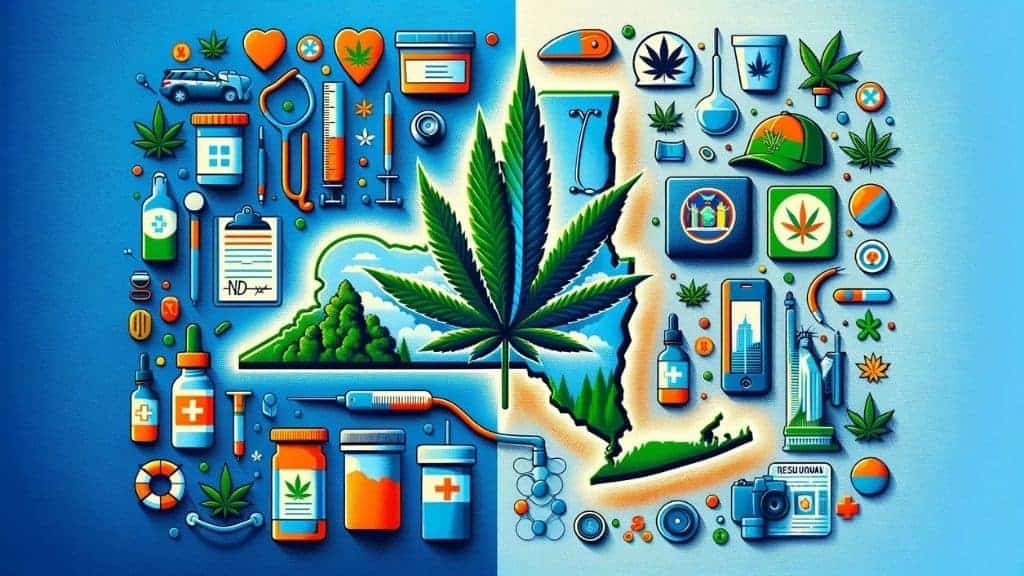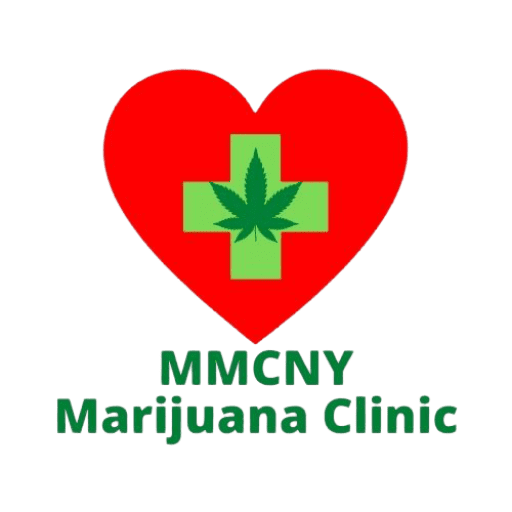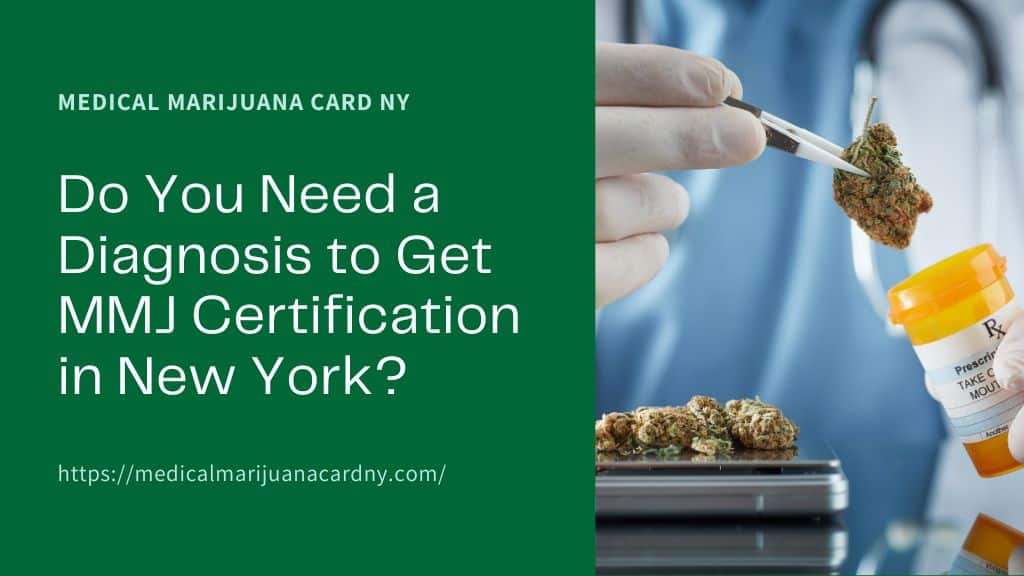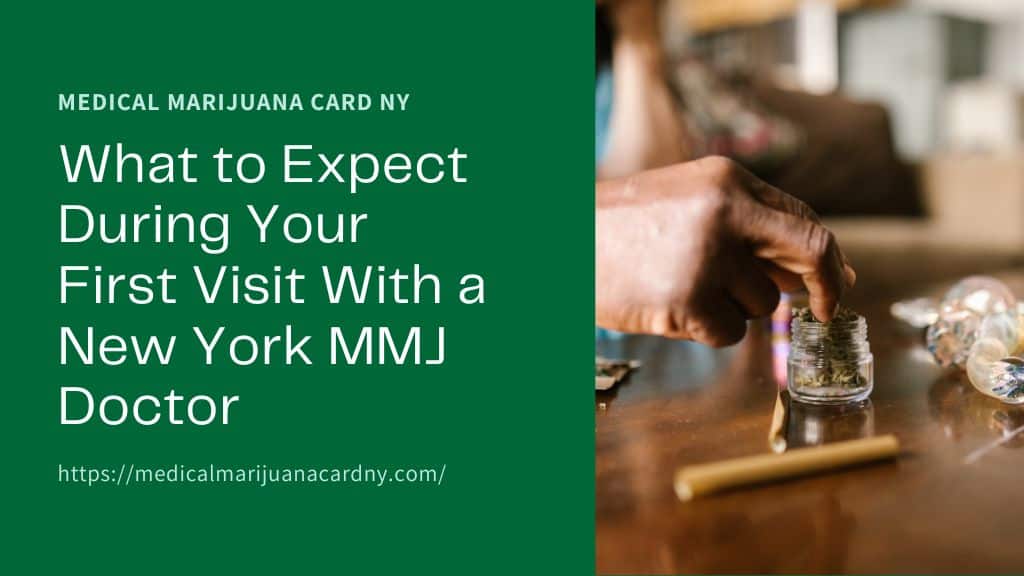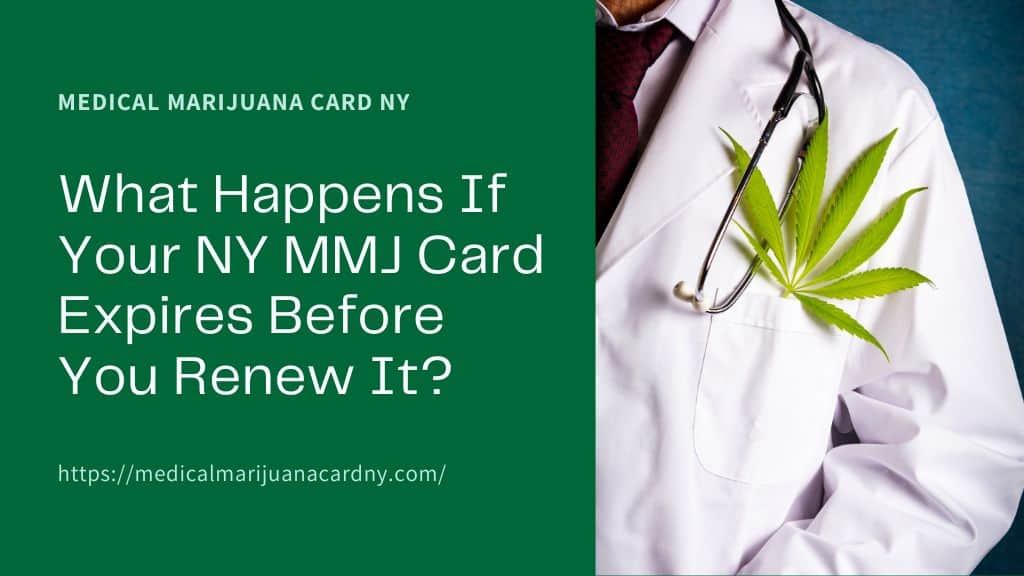In March 2021, New York made a significant stride in cannabis legislation by legalizing recreational marijuana use and possession, marking a pivotal moment in the state’s cannabis policy. This move came years after the state had established a medical marijuana program, which has evolved significantly since its inception.
With these developments, New York residents now navigate a dual cannabis landscape: medical and recreational. Understanding the distinctions between these two facets is crucial for both users and providers.
Below is a table that highlights the key differences between medical and recreational marijuana in New York. This format should help clarify the distinctions for the audience more effectively.
| Feature | Medical Marijuana | Recreational Marijuana |
|---|---|---|
| Legal Framework | Requires certification from a qualified doctor. | Legal for adults 21 and over without medical certification. |
| Access | Through state-registered ID number after receiving medical certification. | Available to adults 21+ without need for certification. |
| Age Requirement | No specific age limit; eligibility is based on medical need as determined by a certified doctor. | 21 years and older. |
| Qualifying Conditions | No fixed list; determined by certified doctors based on patient needs. | None; use is not limited by medical necessity. |
| Taxation | Subject to a 7% excise tax on gross receipts from sales to patients. | Subject to state tax based on THC content, plus additional local taxes. |
| Product Range | Includes tinctures, capsules, oils, topicals, etc., tailored for therapy. | Broader range, including flower, edibles, concentrates, lifestyle items. |
| Purpose of Use | For therapeutic purposes to alleviate symptoms of health conditions. | For enjoyment, relaxation, and socializing without specific health focus. |
| Physician Involvement | Required; a doctor must certify the patient’s need for cannabis. | Not required; access is based on age and residency criteria. |
| Regulations | Strictly regulated with a focus on safety, quality, and therapeutic efficacy. | Regulated for safety, with a greater emphasis on consumer preference. |
This table encapsulates the primary distinctions between medical and recreational marijuana in New York, reflecting the state’s approach to cannabis use and regulation. It underscores the differences in legal access, intended use, taxation, Age requirement, and the range of products available under each category, providing a clear overview for individuals looking to understand these two pathways of marijuana consumption within the state.
Table of Contents
ToggleLegal Framework and Accessibility
Medical Marijuana: As of March 2023, New York’s approach to medical marijuana underwent a significant change, simplifying the process for patients. Individuals seeking medical cannabis no longer require a medical marijuana card. Instead, they need a certification from a qualified doctor, which automatically registers them with the state, providing a registration ID number for purchasing medical marijuana products. This system is designed to streamline access for patients, focusing on those who require marijuana for therapeutic purposes.
Recreational Marijuana: The legalization of recreational marijuana in March 2021 allowed individuals 21 years and older to use and possess cannabis without the need for medical justification. This shift aimed to regulate, control, and tax cannabis similarly to alcohol, opening up access to adult residents and visitors while fostering a legal market to combat illicit sales.
Qualifying Conditions and Physician Involvement
Medical Marijuana: In a significant departure from many states’ medical marijuana programs, New York, as of 2022, eliminated the list of qualifying medical conditions. Instead, the state empowers certified medical marijuana doctors to evaluate and decide which patients could benefit from cannabis, based on their professional judgment. This change offers a more personalized approach to patient care, acknowledging the diverse therapeutic potential of cannabis across a range of conditions.
Recreational Marijuana: For recreational use, there are no health conditions or doctor’s recommendations required. Access is granted based solely on age criteria and state residency, with regulations focusing on responsible use, possession limits, and adherence to public consumption laws.
Taxation and Pricing
Medical Marijuana: The state imposes a 7% excise tax on the gross receipts from the sale of medical marijuana by registered organizations to certified patients. This relatively modest tax rate reflects New York’s commitment to making medical marijuana accessible to patients who need it for therapeutic purposes.
Recreational Marijuana: Recreational cannabis is subject to a more complex tax structure, including a state tax based on THC content and additional local taxes. This can make recreational marijuana more expensive than its medical counterpart, as the tax revenue supports state and local government initiatives, including drug education and treatment programs.
Product Range and Regulations
Medical Marijuana: New York’s medical marijuana program allows for a variety of formulations, including tinctures, capsules, oils, and topicals. The state strictly regulates these products to ensure safety and efficacy, with a focus on meeting the specific health needs of patients. The range and potency of products available for medical use are tailored to therapeutic applications, often differing significantly from recreational offerings.
Recreational Marijuana: The recreational market offers a broader range of products, including flower (bud), edibles, concentrates, and more lifestyle-oriented items. While these products are regulated for safety, the emphasis is on consumer preference rather than therapeutic efficacy.
Purpose and Use
The fundamental difference between medical and recreational marijuana lies in their intended use. Medical marijuana is prescribed to alleviate symptoms of various health conditions, offering patients a regulated alternative to traditional medications. Recreational marijuana, conversely, is used for enjoyment, relaxation, and socializing, without the direct aim of addressing specific health issues.
Conclusion
The distinctions between medical and recreational marijuana in New York reflect broader trends in cannabis legalization and policy reform. By understanding these differences, New Yorkers can better navigate the legal cannabis landscape, ensuring they comply with state regulations while accessing the products that best meet their needs.
As the state’s cannabis policies continue to evolve, staying informed will be key to maximizing the benefits of both medical and recreational marijuana use.

